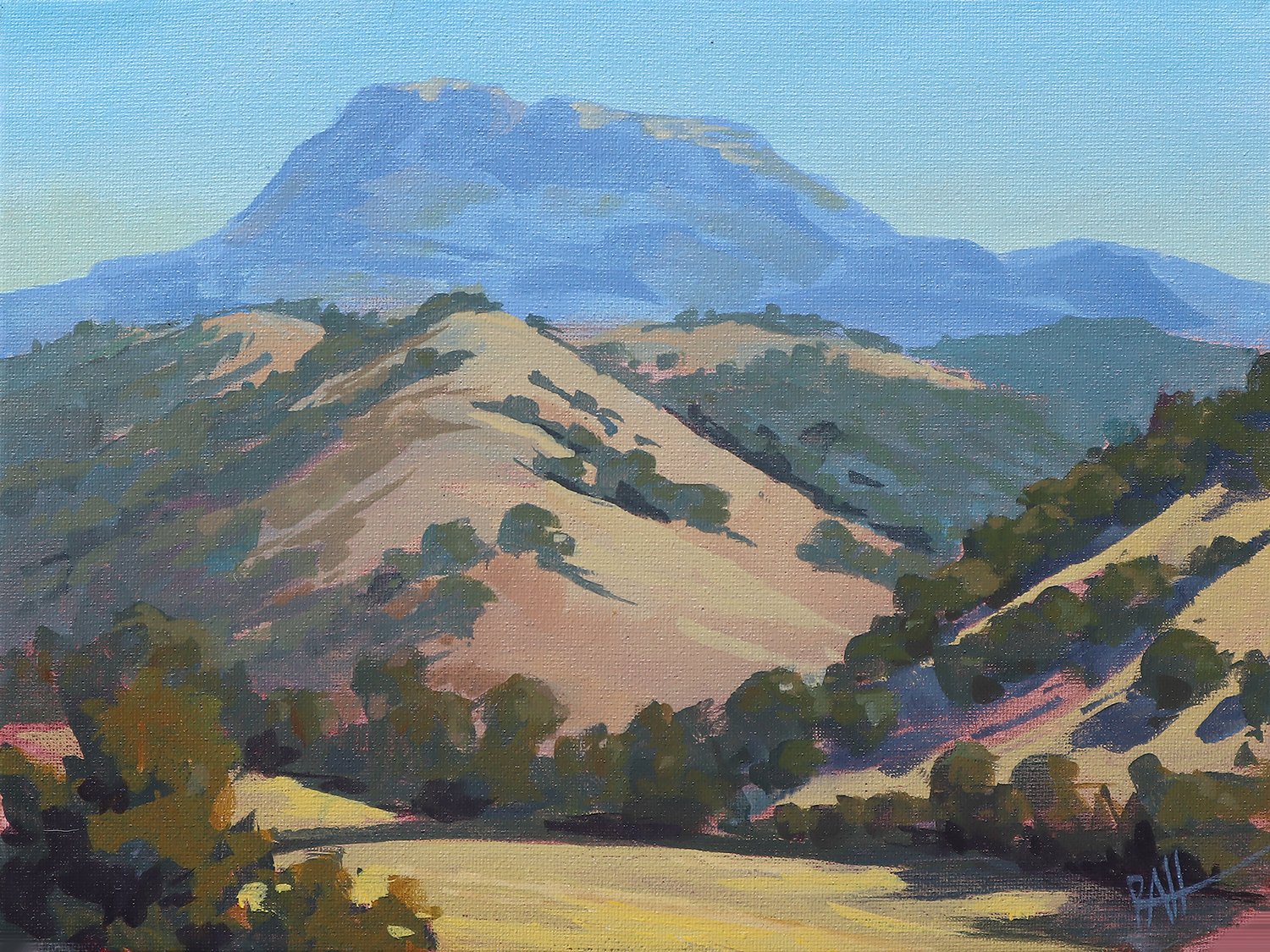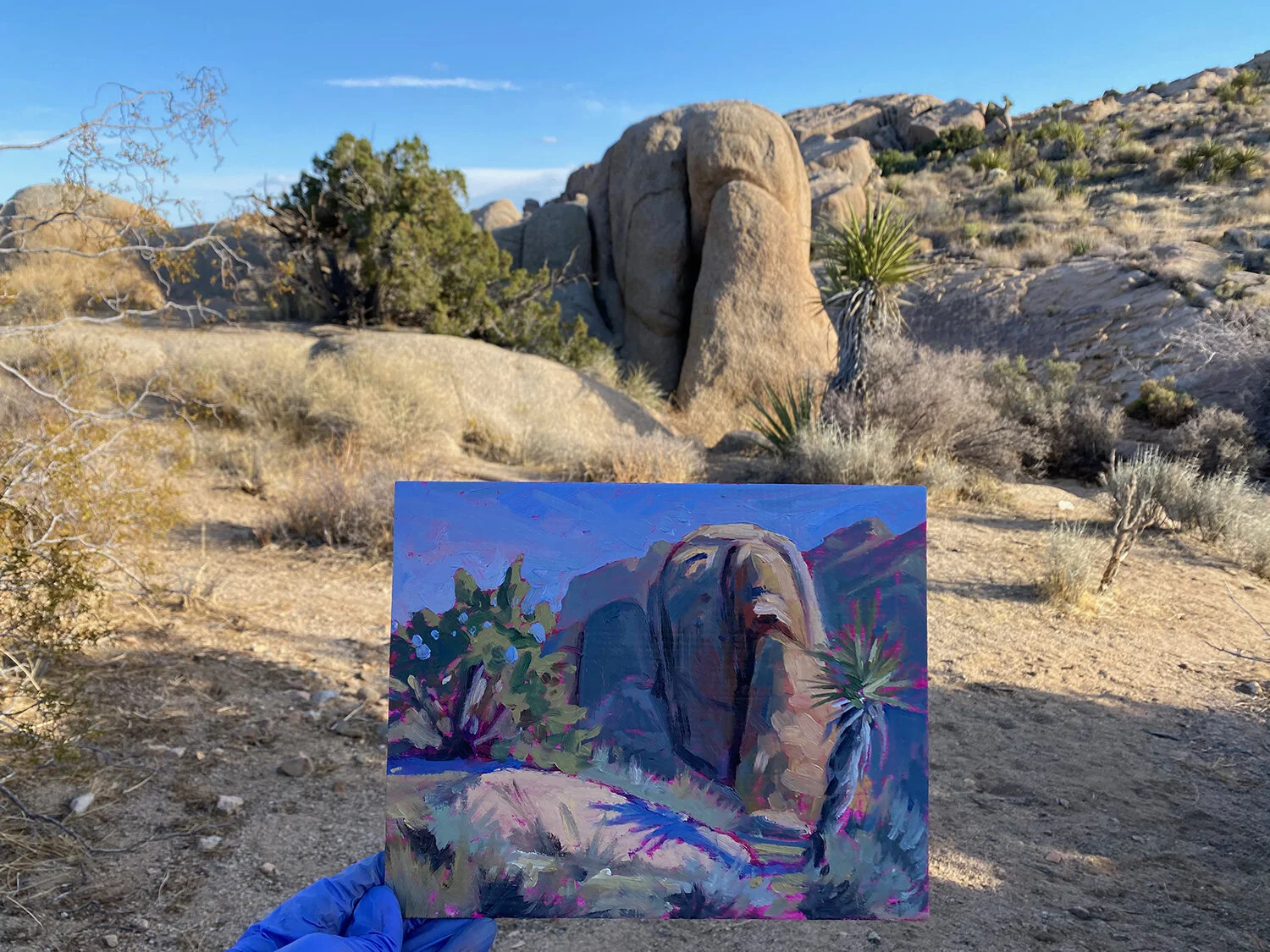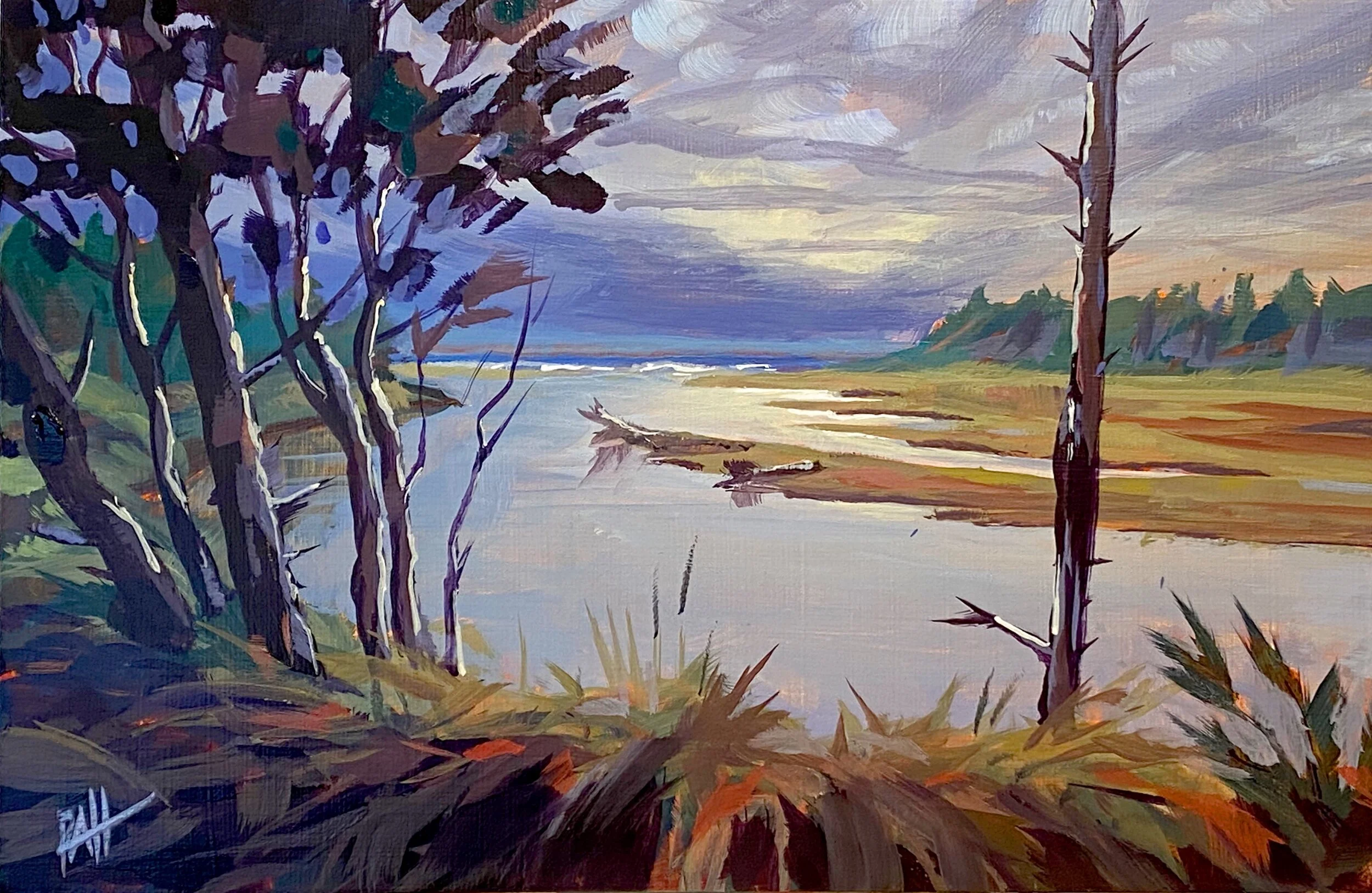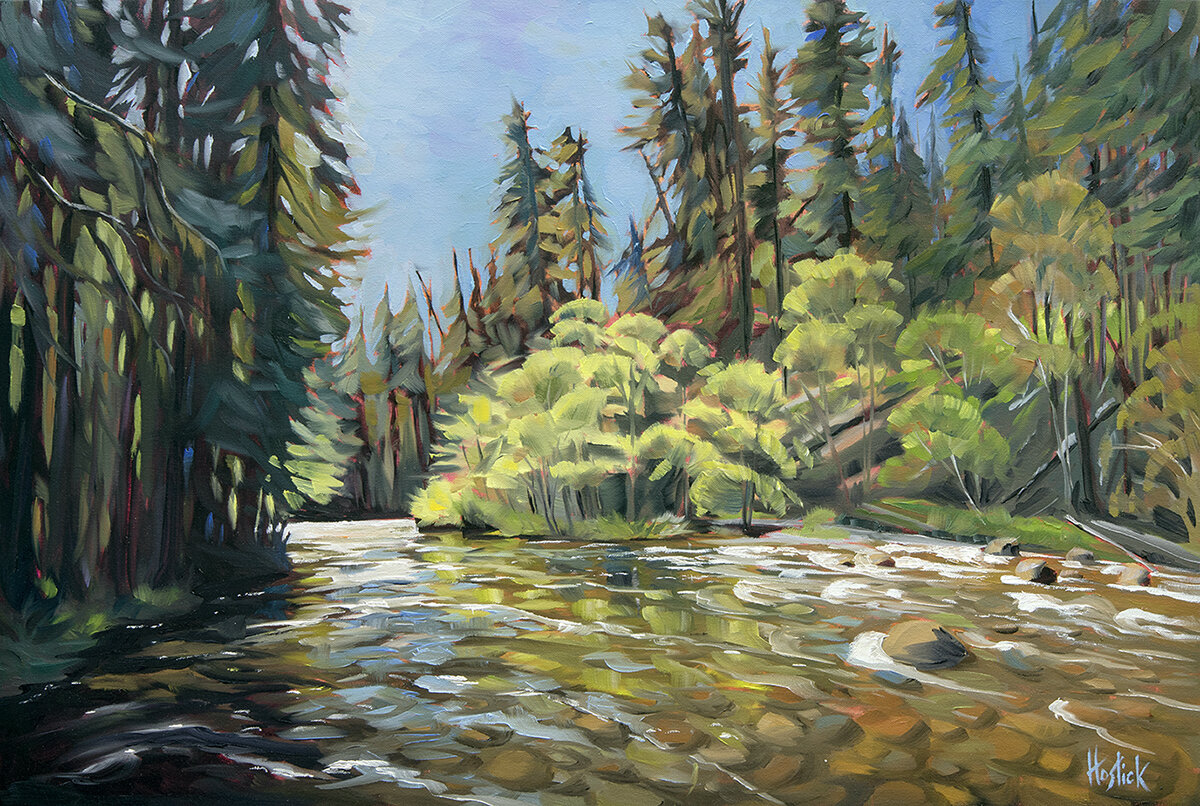A couple weeks ago we came through Seattle on our way home from hiking in the North Cascades. The rains swallowed up the mountains and that was the end of our trip. Not much point in being in the mountains if you can’t see them. So, we decided to make the best of it and stop in at the Seattle Art Museum.
As it turns out, SAM’s feature exhibit was Monet at Etretat. I couldn’t believe my luck! But what I learned at this show might surprise you.
Like other aspiring painters, Claude Monet was among my first influences. I studied his work intensively years ago, traveling to Paris among other places to get a close-up look. For hours I marveled at his paintings – large and small – scratching my head and trying to figure out just how he achieved such splendid qualities of light. If I could understand that, I reasoned, I’d know something about painting. Even if it took me a lifetime of practice to apply what I leaned, at least that would be a start.
For me, painting is as much an exploratory and experimental process as an expressive one. I’m compelled to try to understand how skilled artists create powerful illusions by applying colors on a two-dimensional surface. I can’t help but ask, how did they do that?
The Monet at Etretat exhibit is masterfully curated to answer that question. Created by Chiyo Ishikawa, SAM's former Deputy Director for Art and Curator of European Art, and George Shackelford, Deputy Director at the Kimbell Art Museum and a leading scholar of French art of the late 19th and early 20th centuries, visitors are led on a journey through Claude Monet’s thought process as well as creative process.
What’s more, through letters to his wife and business associates, we learn about Monet’s motivation for painting at Etretat.
In the ideal, we think of Monet and the early impressionists as pioneers, rogue artists shaking the foundations of the art establishment at the Salon in Paris. They broke from the studio tradition to pursue their muse, striking out to paint everyday scenes and people in the open air (en plein air).
What I found interesting is that Monet chose Etretat because it was a popular destination for European vacationers at the time. He thought the subject would help sell his work. This insight humanizes him as an artist who struggled with his craft, identity, and progress in his career.
At Etretat, both in 1883 and 1885, he worked intensively for weeks at a time, producing over 80 paintings of the same general area and of similar subjects. For him – and so many other artists – iteration was a key to his eventual breakthrough. He later went on to paint other subjects in series, for example his famous haystacks, that gained acclaim for capturing qualities of light at various times of day. Ultimately, this gave rise to his ideal pursuit, to paint light itself.
We also often think of early impressionists as purists of plein air painting (painting outside on-location). In fact, many of Monet’s plein air painting were “starts” that he later finished or modified (often significantly) in his studio.
The exhibit gets right down to the details, even including a discussion of Monet’s paint colors.. The emerging technology of selling oil paint in small, portable tin tubes enabled Monet and others to take their work outdoors with greater freedom. New colors also came on the market, invented by 19thcentury industrial chemists, that gave painters access to brilliant new greens and yellows. It’s hard to over-estimate the impact of these technologies, especially on landscape painters.
Speaking of technology, the advent of photography in the mid 19th century also left a lasting impression on painters. The outdoor photographer’s lens missed nothing. If an object presented itself in the view of the camera, it was captured on film. This immediacy and inclusiveness stood in contrast to the carefully arranged and edited scenes of painting traditions at the time.
A feeble imitation of Monet’s cultivated persona
Monet and others took notice of this aspect of photography and began to paint objects more directly as they appeared. The impressionist’s paintings reflected the grandeur of the moment as well as the mundane reality of working landscapes. Monet, for example, began to paint seaside scenes of fishermen at work rather than aristocrats on holiday
It was fun to see such a revealing account of the interplay between artists and technology. Just like we see today. One might wonder, if Monet had an iPhone, would he have used it in his process? I’m betting he would have.
One might also wonder: how much do we romanticize great artists of the past? Do today’s artistic fashions give rise to purist ideas about how things were done, or should be done? What sacred traditions have yet to be broken?
That’s what I loved about the show. In addition to taking in the delights of Monet’s legendary work, the curators’ insights presented a refreshing antidote to a few romantic notions.
If you’re in the Seattle area, or are looking to get out of Dodge, the show is up through October 17th. Highly recommended.






























